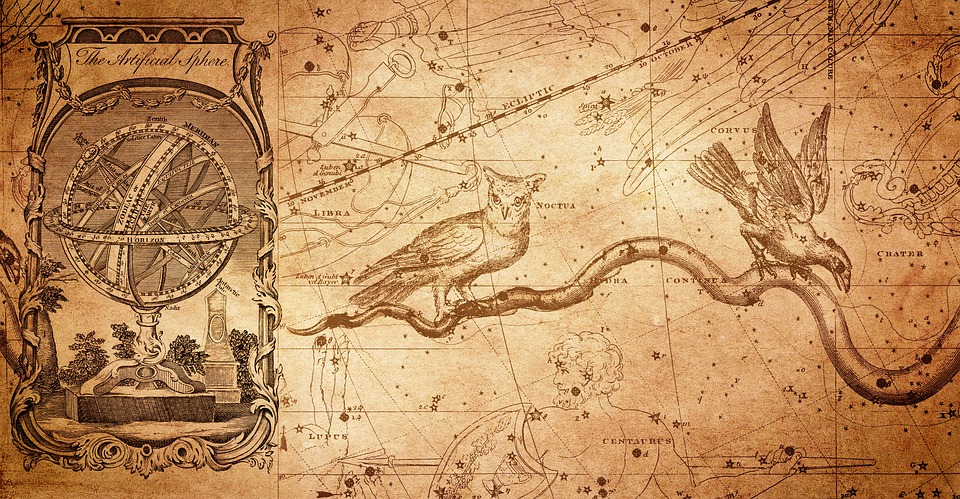Alby Stone
According to the medieval Icelandic poet Snaebjorn, as quoted by Snorri Sturluson in the Skaldskaparmal section of his Prose Edda, ‘nine skerry-brides turn fast the most hostile island-box-mill out beyond the land’s edge’. This mill (eyludr) is cognate with mills mentioned or hinted at in other Icelandic texts – the poems Grottasongr and Vafthrudhnismal from the Poetic Edda; and Snorri’s own Gylfaginning – and closely related to the mill-like Sampo described in the Finnish traditions preserved in the Kalevala. These mills, sources of wealth and abundance, are cosmic structures; they are models of and metaphors for the world itself. The essential image is that of the rotary quern, comprising a flat, unmoving lower millstone and an upper stone revolved by turning a handle. The lower stone represents the earth as perceived by early cosmologists: a flat, immobile disc. The upper stone represents the sky, which is seen as revolving about the celestial axis in the far north. The imagery is extended by the English abbot lfric in his Homilies, composed in the last decade of the tenth century. He incorporates the paddles used to power early vertical water-mills, so that the earth and sky are augmented by the underworld, giving a tripartite division of the cosmos, in accordance with other, pagan cosmological patterns.

